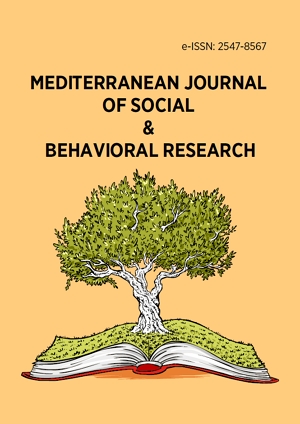Abstract
Media and society are interdependent entities that are suspended seamlessly in a state of blissful co-existence where one feeds the other and vice versa. More so, when it comes to gender issues, wherein, media’s narrative is shaped by societal norms and society imbibes a large part of its gender conversations from media. Media’s representation of the masculine has largely been dictated by inherent patriarchal norms and the classic hegemonic patterns dominant in media narratives. However, as R.W. Connell recognised, there exists a diverse range of masculinities and its own hierarchical structure which is also represented through media content.
Over-the-top (OTT) platforms are gaining ground in India’s crowded media scene because of factors like accessibility, affordability and variety of content. Indian content on OTT platforms are targeted at the young, urban, upwardly-mobile Indian middle class and are largely slick productions with hard-hitting, original storylines and closer-to-reality characterizations. Paatal Lok is one such very popular crime drama that has a primarily masculine narrative. This study uses R.W. Connell’s three structures of gender relations: labour, power and cathexis to understand the representation of masculinities in Indian OTT media across class structures by identifying the hierarchies of masculinities in the Indian web series, Paatal Lok. The study uses qualitative techniques in the form of discourse analysis to gain further insight into the representation of different gradations of masculinities in contemporary Indian media.
License
This is an open access article distributed under the Creative Commons Attribution License which permits unrestricted use, distribution, and reproduction in any medium, provided the original work is properly cited.
Article Type: Research Article
MEDITERR J SOC BEH RES, Volume 5, Issue 2, June 2021, 29-33
https://doi.org/10.30935/mjosbr/10916
Publication date: 16 May 2021
Article Views: 2739
Article Downloads: 2978
Open Access References How to cite this article
 Full Text (PDF)
Full Text (PDF)